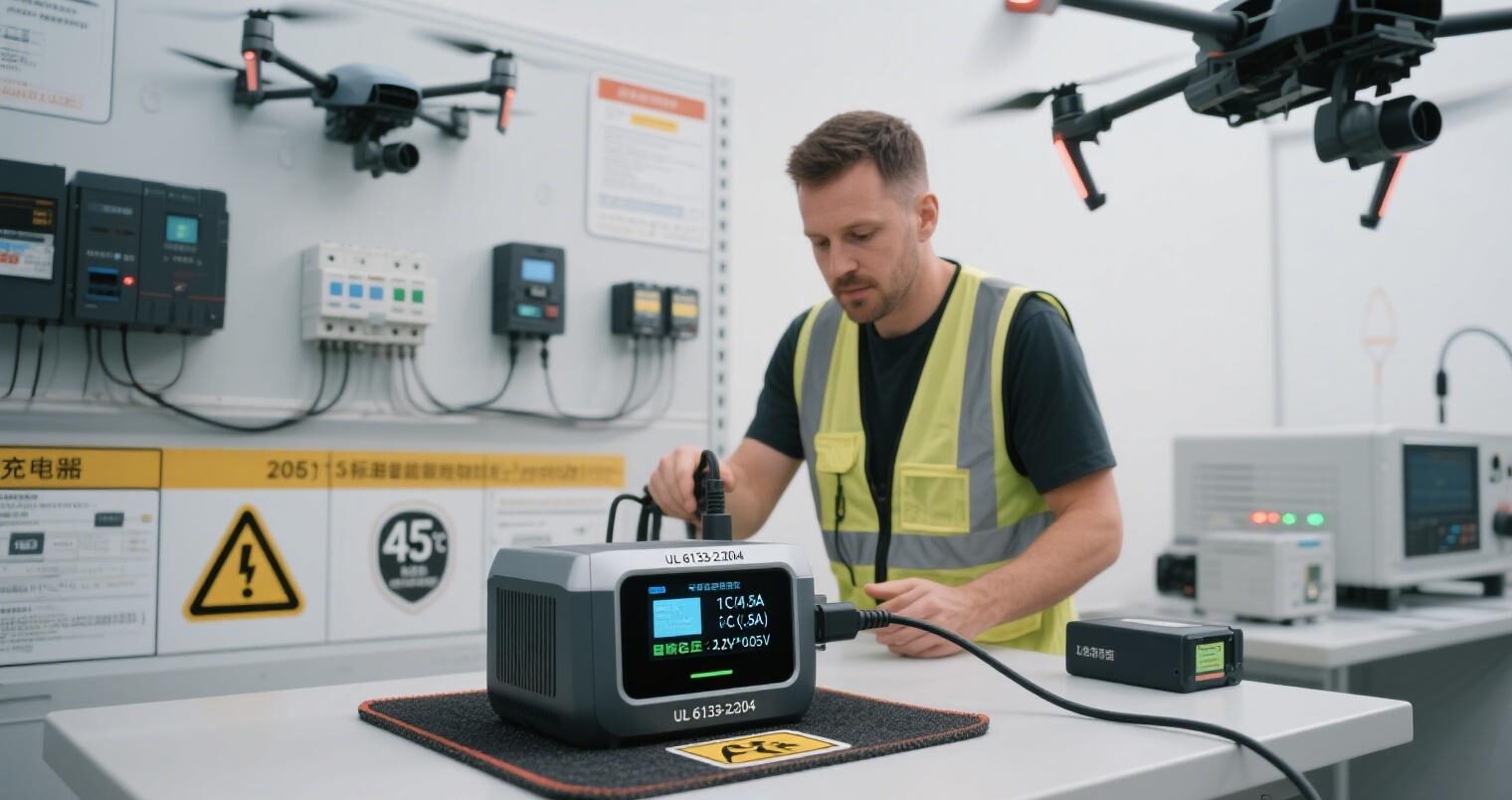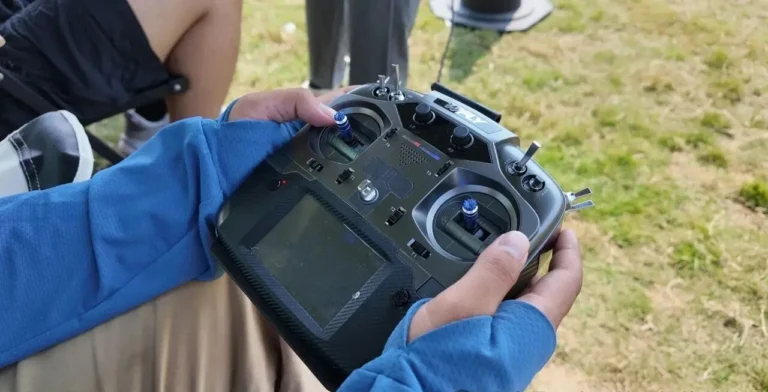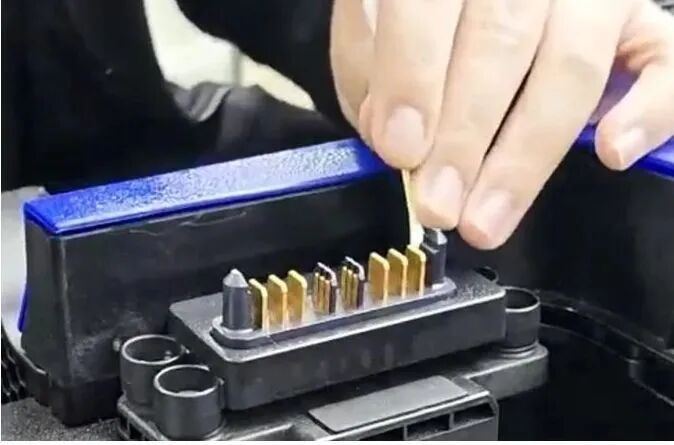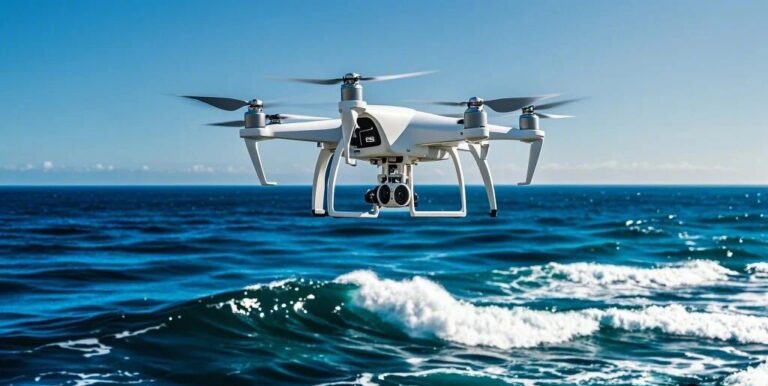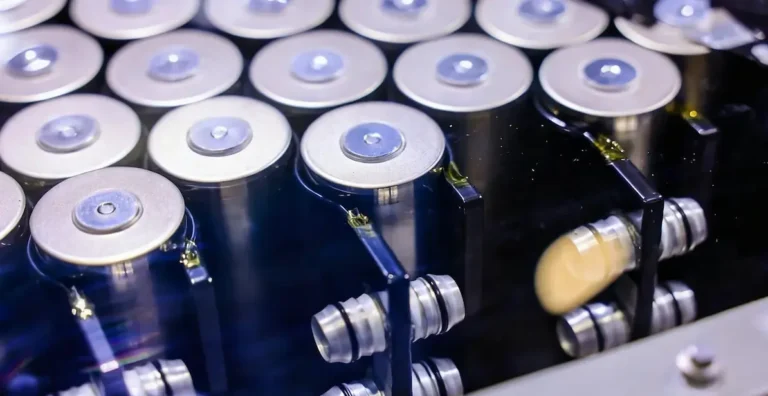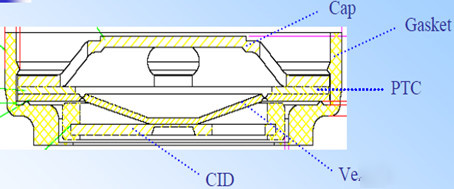Drone Battery Charging Safety Guidelines for 2025
When a fully charged LiPo battery spontaneously combusts in just 37 seconds in a 45°C environment – drone battery charging safety protocol matching is 100 times more important than capacity.
I. Golden Rules for Drone Battery Charging Operations
1. Environmental control (first line of defense against thermal runaway)
- Temperature range: 10-25°C (>40°C cycle life decay 50%)
- Humidity requirement: <60% RH (high humidity triggers contact electrolytic corrosion)
- Safety distance:
- A, Batteries -> 1m -> Flammable
- B, Batteries -> 0.5m -> Metal conductors
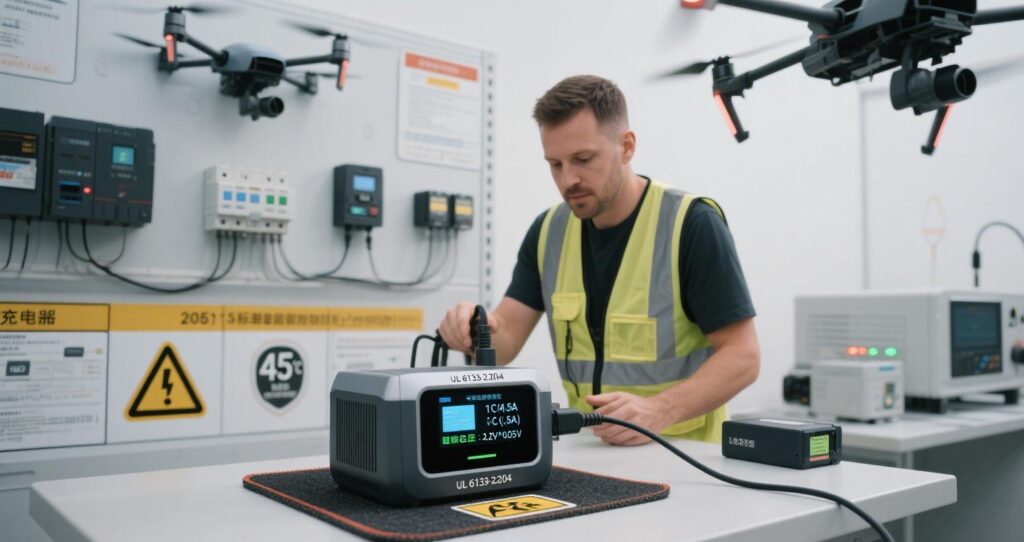
2. Pre-charging diagnosis (three mandatory tests)
| project | qualification criteria | Tools/Methods |
|---|---|---|
| Shell integrity | 0 bulges (tolerance < 0.3 mm) | Vernier caliper measurement |
| voltage consistency | Single-unit pressure difference ≤ 30 mV | Multimeter fully charged and left to stand for 1 hour for testing |
| interface status | No oxidation/carbonization marks | Observation with a 10x magnifying glass |
3. Monitoring during charging
- Temperature rise red line: surface temperature >50℃ immediately terminate (DJI intelligent battery automatic break charging threshold)
- Abnormal determination:
- Balance charging indicator light flashes abnormally (more than 2Hz frequency)
- Electrolyte odor escapes (characteristic odor of ethyl butyrate)
II. Technical Specifications for Charger Selection
1.Electrical parameter iron law

Example: 5000mAh battery charged with 2C → $I=2 \times 5=10A$
2.Protocol compatibility matrix
| Battery type | Required Agreement | China breaks through |
|---|---|---|
| Smart LiPo | DJI Battery V2 | Haoneng Technology Adaptive Protocol Cracking |
| High-voltage Li-ion | SMBus 1.1 | CATL 5C Fast Charging Handshake Protocol |
| solid-state battery | CCS1 ultra-fast charging protocol | Ganfeng Lithium Two-Way Communication Module |
3. Safety certification non-optional
- Basic Certification: GB 31241-2022 (China) + UN38.3 (Air Transportation)
- Upgrade Suggestions:
- Silicon Carbide MOSFET Power Device (Efficiency >95%)
- NFC Encrypted Communication (Anti-Counterfeit Charger)
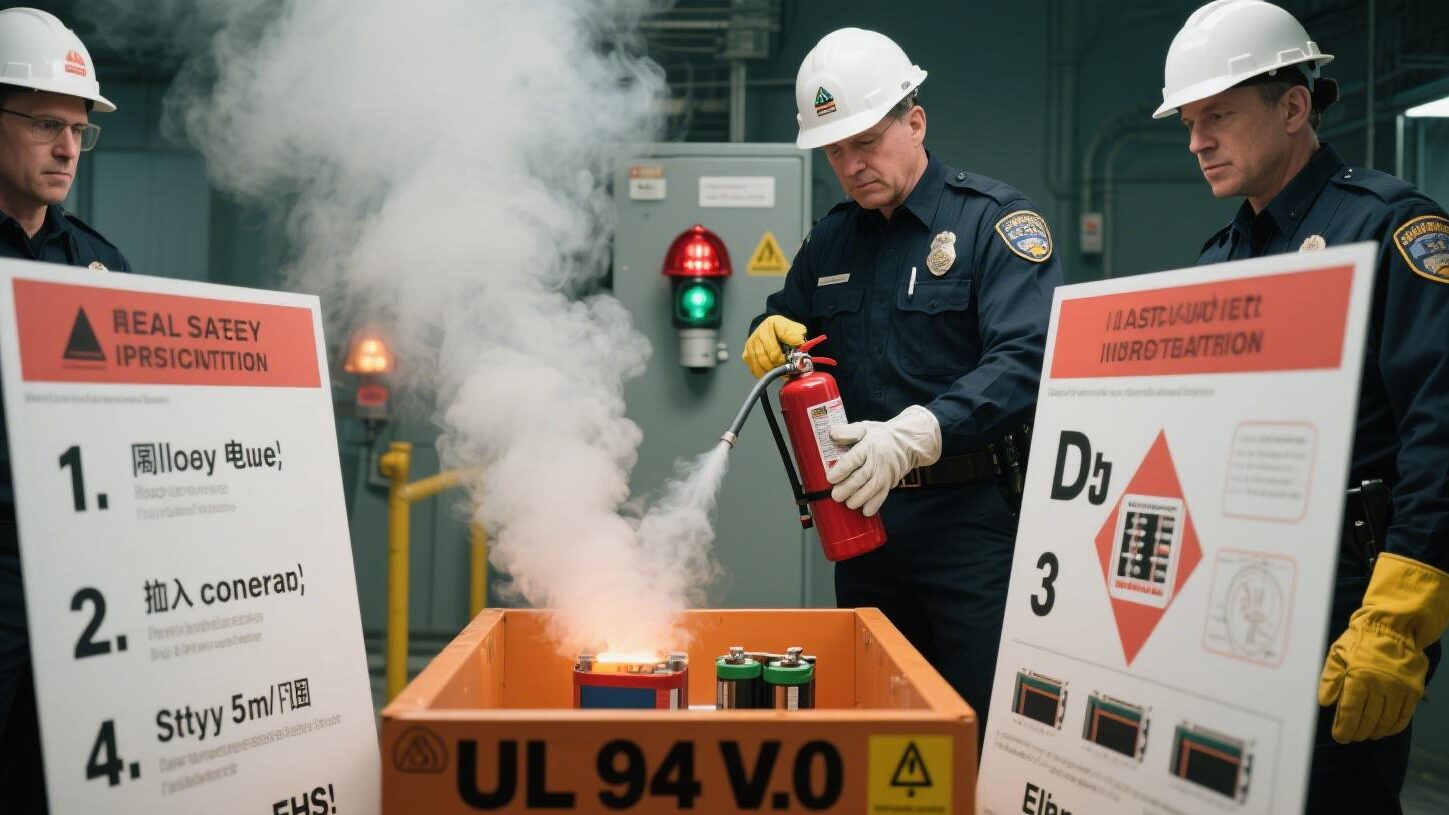
III. China’s Solid State Battery Charging Revolution
Traditional lithium pain point end program:
| risk | LiPo/Li-ionlimitations | China’s breakthrough in solid-state batteries |
|---|---|---|
| high-temperature blistering | Expansion rate ↑300% at >45°C | 80°C cycle volume change < 0.1% |
| overcharging self-ignition | Overvoltage of 0.1V causes loss of control | Withstands 4.5V overvoltage (CATL actual measurement) |
| low-temperature failure | 40% capacity reduction at -10°C | Maintains 92% capacity at -30°C (BYD data) |
Charging performance jumps up:
- 5C fast charging: 12-minute full charge for Ningde Times cohesive batteries (60 minutes for conventional batteries)
- No balancing charging requirements: single-unit voltage self-equalization (patented by Phaidon Technology)
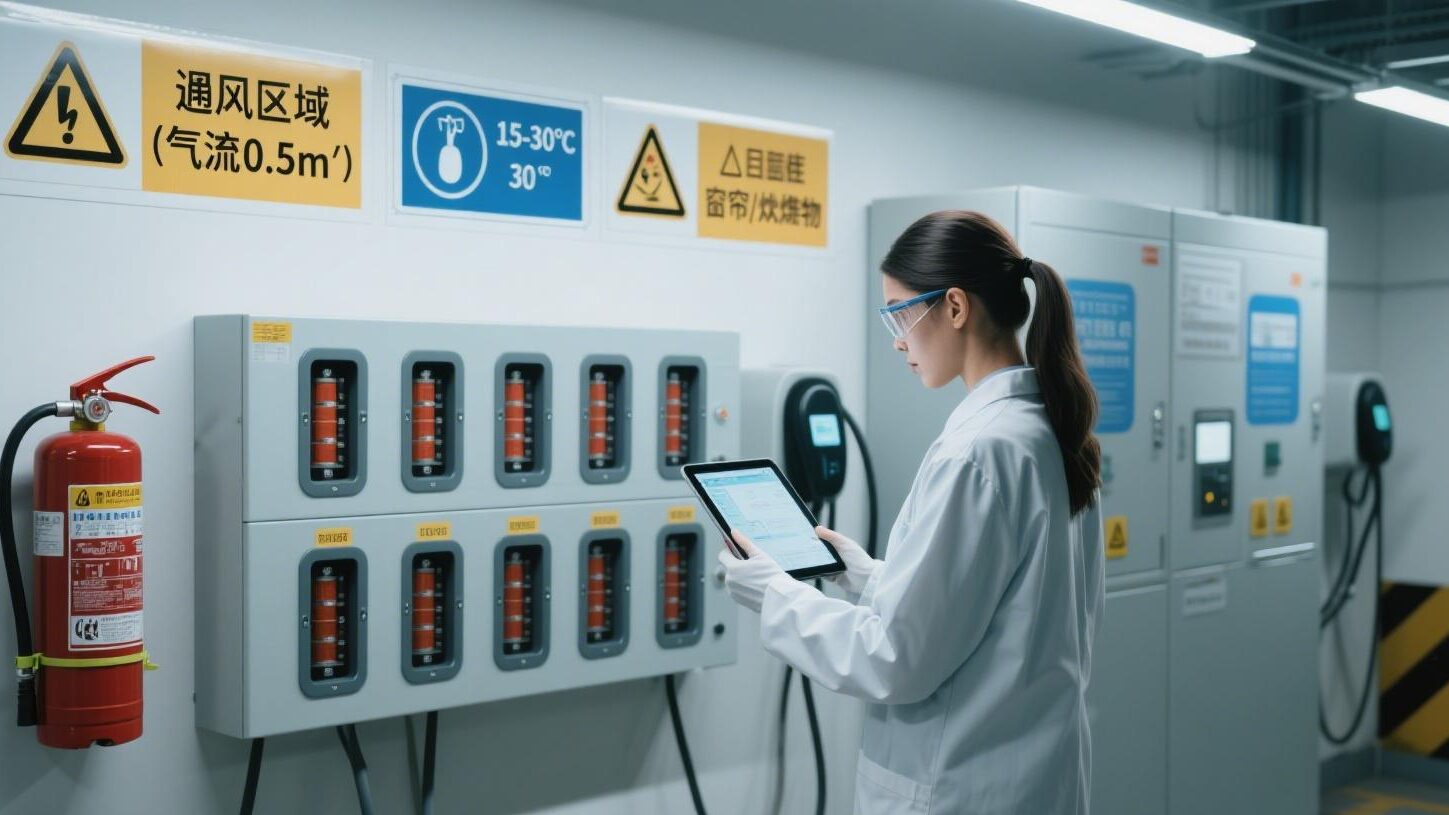
IV. Scientific Strategies for Long-Term Storage
1. Traditional lithium program
| Storage duration | Power management strategy |
|---|---|
| <1 month | 40%-60% SOC |
| 1-6month | 3.8V float charge + 15°C constant temperature |
| >6month | Argon gas sealed cabinet |
2. Solid-state battery revolutionary advantages
- Self-discharge rate: <2%/month (5-10% for conventional batteries)
- Maintenance-free cycle: 24 months (validation data: Tsing Tao Energy)
- Instantaneous activation: direct full-power operation at -20℃.
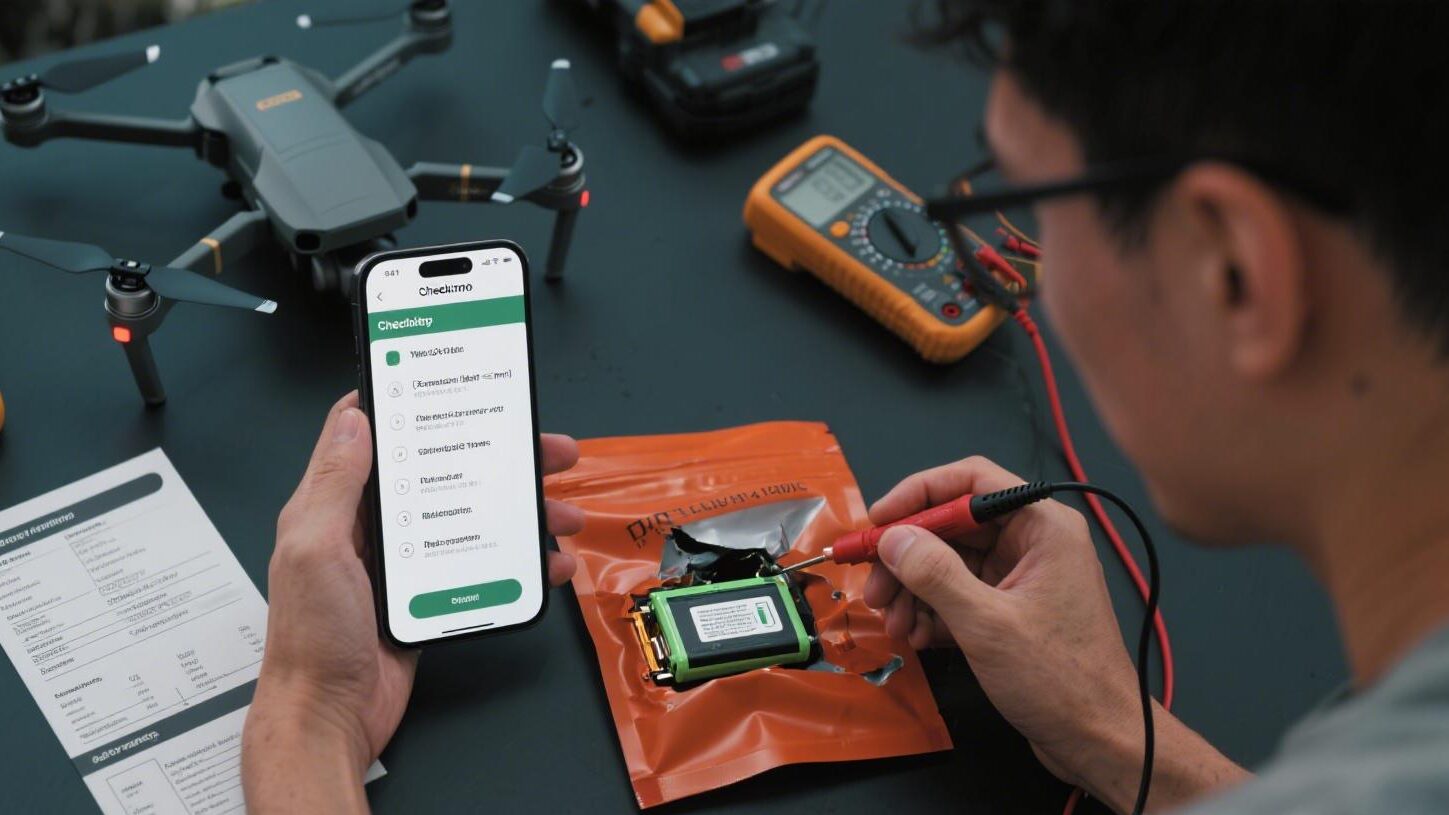
Special Warning for Engineers
Three configurations that must be upgraded in 2025:
- 1. infrared thermal imaging charging monitor (>100℃ automatic spray)
- 2. Intelligent protocol recognizer (blocking non-certified chargers)
- 3. China solid-state battery compatible charging cradle (reserved for upgrading interface)
When Ganfeng Lithium sulfide solid state battery passed 1500 times puncture test, the safety logic of traditional lithium battery has been overturned. Choosing Horizon Power Drone Battery with protocol certification + temperature protection + China solid state compatible charging solution is the ultimate answer to guard low altitude safety.

